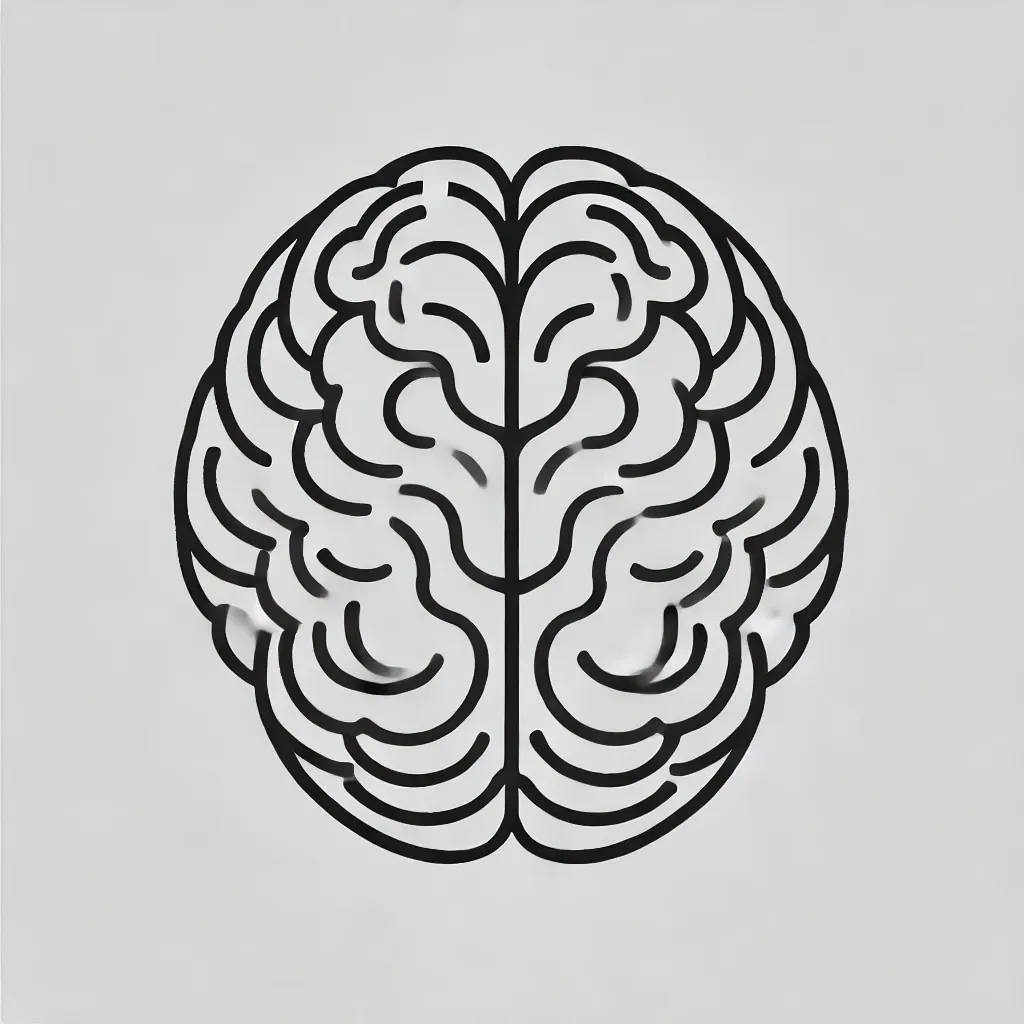The Psychological Factors Behind Believing Fake News: Understanding the Mindset
The belief in fake news is not just a matter of access to information; it’s deeply rooted in psychological factors. This blog post delves into the cognitive biases and emotional triggers that lead individuals to accept false information as truth.

- Introduction:
In an era where fake news spreads rapidly across social media and traditional platforms, understanding why people believe in misinformation is crucial. It goes beyond just being informed; various psychological factors play significant roles in how individuals perceive and accept false narratives. In this post, we will explore the cognitive biases and emotional triggers that contribute to the widespread acceptance of fake news. - Cognitive Biases Contributing to Fake News Acceptance:
- Confirmation Bias: This is one of the most prominent biases that affect information processing. People tend to seek out and believe information that confirms their pre-existing beliefs and opinions while disregarding contradictory evidence. Consequently, when individuals encounter fake news that aligns with their views, they are more likely to accept it as truth.
- Dunning-Kruger Effect: This cognitive bias describes how individuals with limited knowledge or expertise in a topic often overestimate their understanding. Consequently, the less informed someone is about a subject, the more confident they may feel in their beliefs, making them susceptible to fake news.
- Availability Heuristic: The availability heuristic is a mental shortcut that relies on immediate examples that come to mind. If someone frequently encounters enough fake news about a particular topic, it becomes more "available" in their memory and thus perceived as more true or common than it is.
- Emotional Triggers That Fuel Belief in Fake News:
- Fear and Anxiety: Emotionally charged news, particularly concerning threats to safety or well-being, often propagates faster than less sensational information. News that evokes fear can lead individuals to accept false narratives without critical scrutiny, as they may prioritize emotional response over rational evaluation.
- Anger and Outrage: Fake news articles that provoke feelings of anger or outrage can be particularly compelling. When individuals read content that elicits strong emotional responses, they may react by sharing or spreading the article further, reinforcing its belief in its truth.
- Belongingness and Identity: For many, the news consumed is closely tied to personal identity and group belonging. If a piece of misinformation resonates with an individual's group identity or ideology, they are more likely to adopt it as their truth, as rejecting it may feel like a betrayal to their community.
- The Role of Social Media and Echo Chambers:
Social media platforms can amplify these psychological factors by creating echo chambers where individuals are surrounded by like-minded individuals. Algorithms curate content that aligns with users’ interests, often leading to an uninterrupted cycle of confirmation bias. When exposed primarily to the same viewpoints, people are less likely to challenge any false information presented within these networks. - Conclusion:
The acceptance of fake news is a complex interplay between cognitive biases, emotional responses, and societal dynamics. Understanding these psychological factors can help individuals recognize their vulnerabilities and engage in more critical thinking when consuming information. As misinformation continues to proliferate, fostering awareness of these influences is essential in circumventing the psychological traps that lead to believe in fake news.
Want to enhance your ability to discern fact from fiction in this era of misinformation?
Discover how Digist can help you stay informed with curated news from credible sources, enabling you to navigate the online information landscape confidently.
Visit Digist today to learn more.
